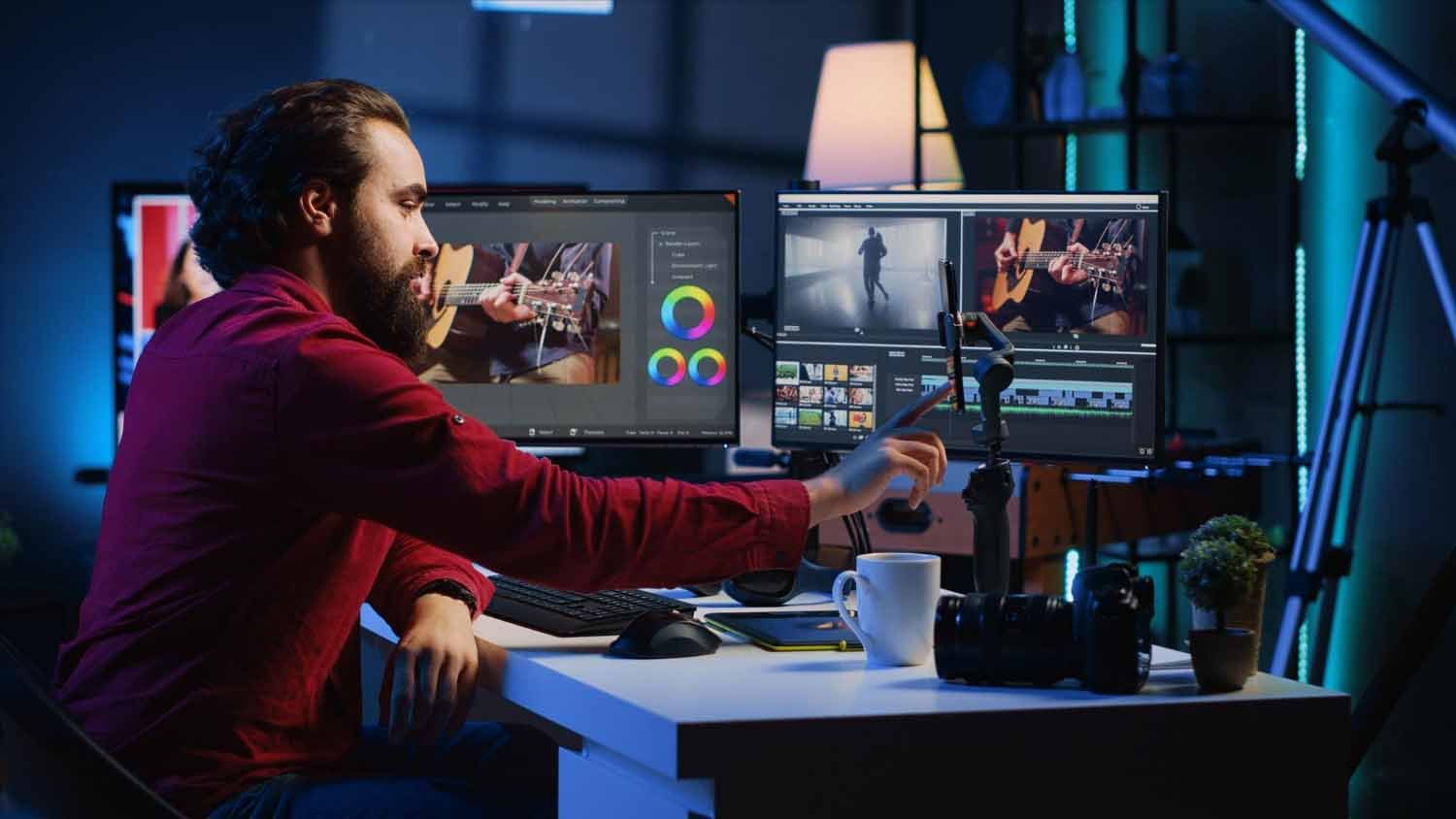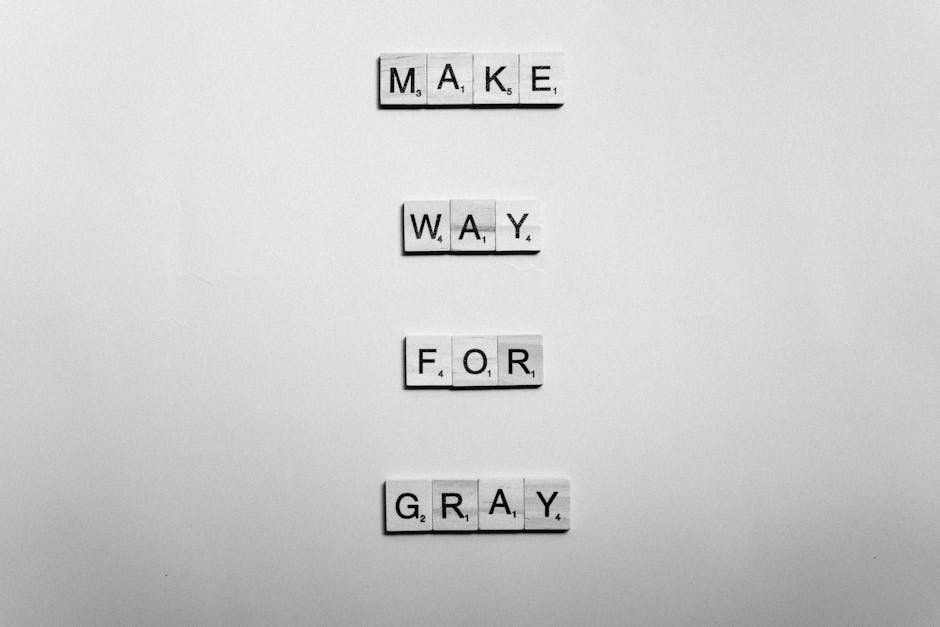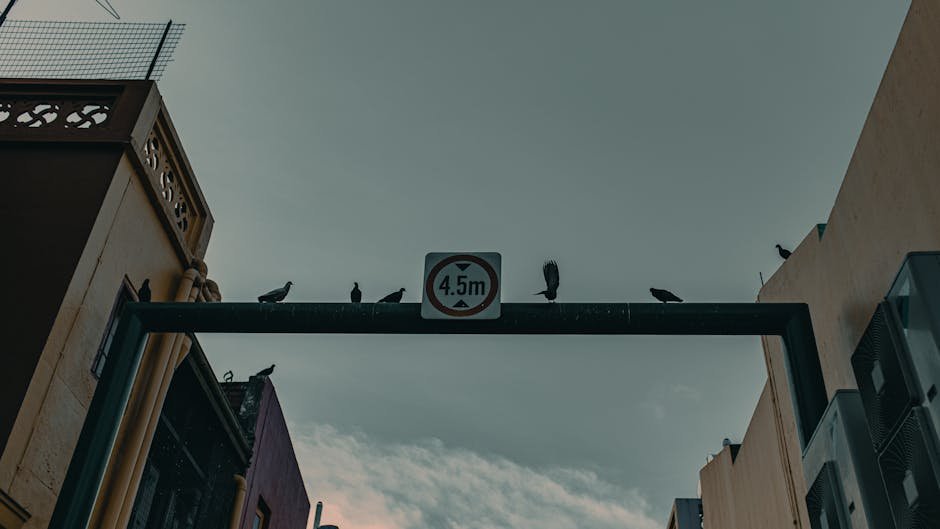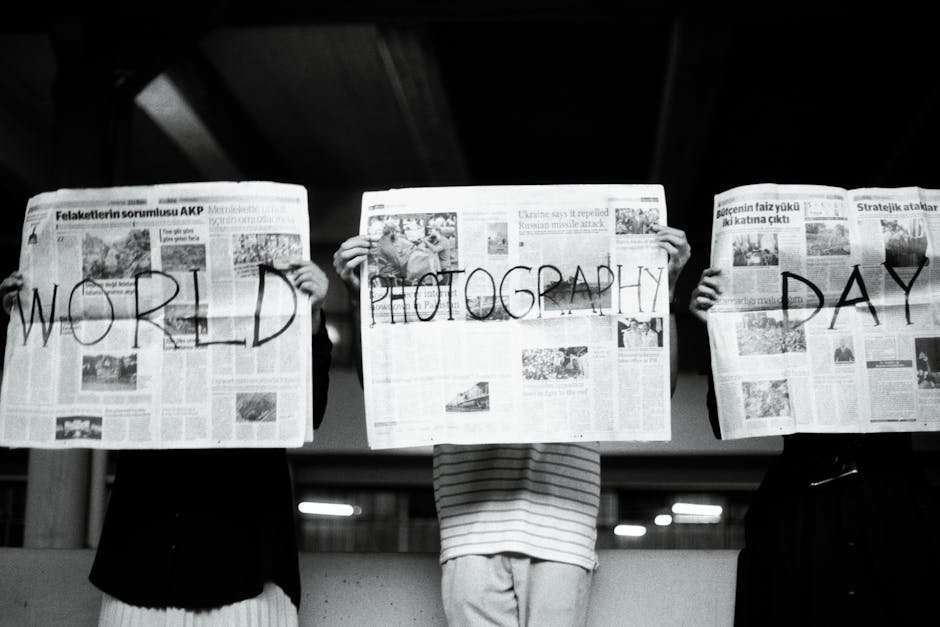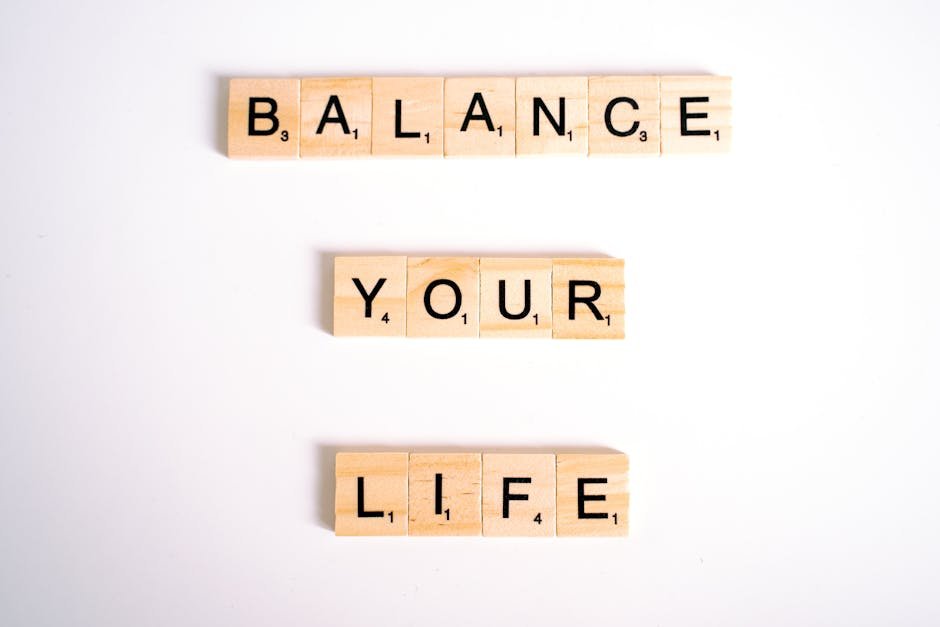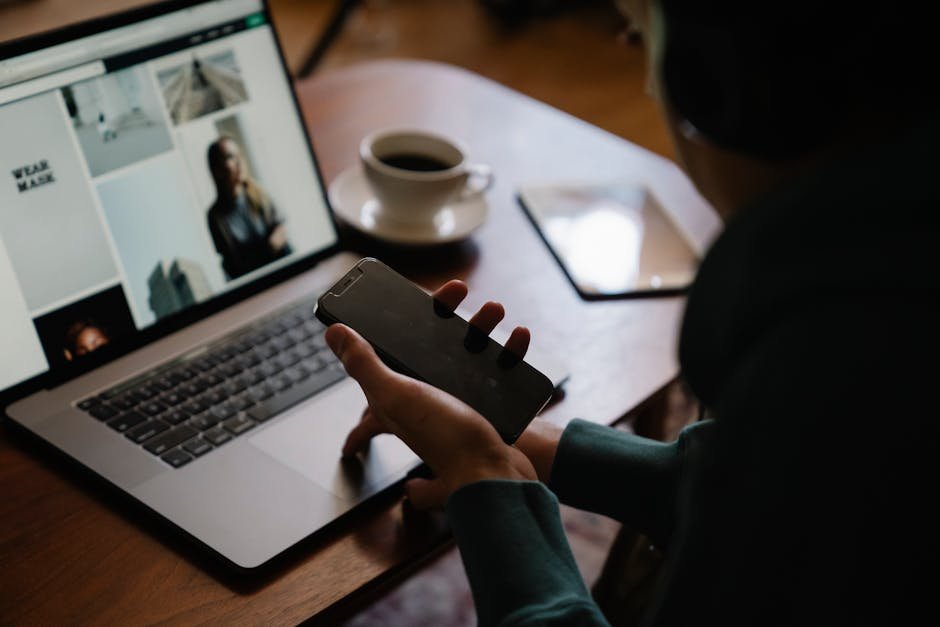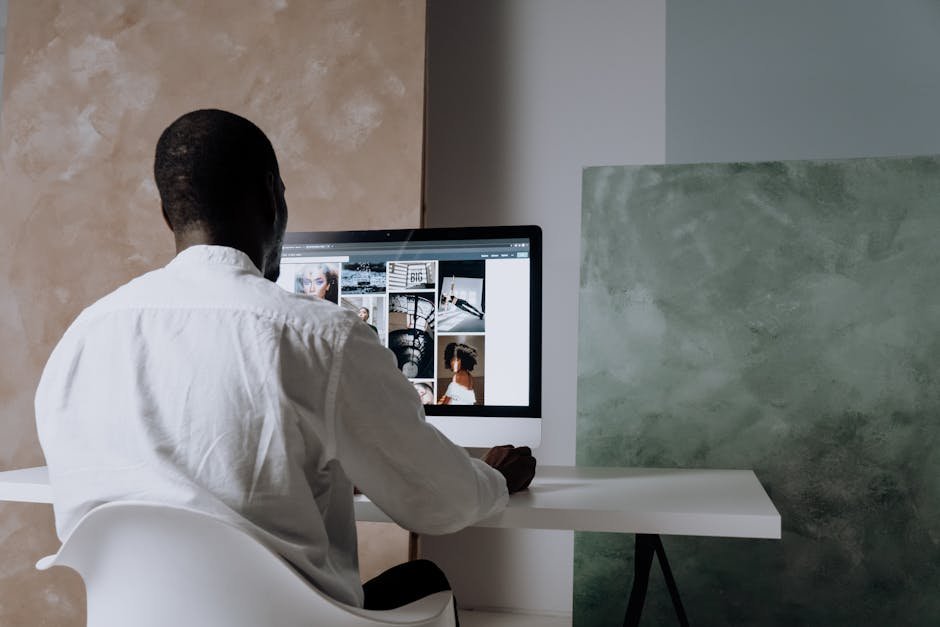Graphic design is everywhere. It’s in the logos that catch your eye, the websites you browse, and even the cereal boxes in your kitchen. But have you ever stopped to think about what goes into creating these visual wonders? Well, today, we’re diving deep into the colorful world of graphic design, where creativity meets functionality.
The Basics of Graphic Design
First things first, what exactly is graphic design? At its core, graphic design is the art of combining text and images to communicate messages. It’s like telling a story, but instead of using words alone, you have a palette of colors, fonts, and images at your disposal. Think of it as painting with purpose.
Now, you might be wondering, “Isn’t graphic design just about making things look pretty?” Well, yes and no. While aesthetics are crucial, effective graphic design is also about conveying information clearly and persuasively. It’s a delicate balance between beauty and function.
Essential Tools for Graphic Designers
So, how do graphic designers work their magic? They rely on a range of tools and software to bring their ideas to life. Adobe Photoshop and Illustrator are like the bread and butter for many designers. These programs allow them to create and edit images with precision and creativity.
But it’s not just about the software. Designers also use hardware like drawing tablets, which give them the control and flexibility they need to create stunning visuals. Imagine being able to draw directly on your computer screen—it’s a game changer!
The Role of Typography in Graphic Design
Let’s talk typography. It’s one of those elements that can make or break a design. Choosing the right font is like picking the perfect outfit for an event—it sets the tone and makes an impression. A well-chosen typeface can convey elegance, playfulness, or professionalism.
Have you ever seen a poster and felt instantly drawn to it? Chances are, the typography played a big part in that. Good typography guides the viewer’s eye and helps communicate the message effectively. It involves careful consideration of font size, spacing, and alignment to create a cohesive and attractive design.
Color Theory: The Designer’s Palette
Color is another major player in the world of graphic design. It’s not just about picking your favorite shade; it’s about understanding how colors interact and the emotions they evoke. Red, for example, can signify passion or urgency, while blue often conveys trust and calmness.
Designers use color theory to create harmonious and visually appealing compositions. They know that the right color combination can make a design pop and leave a lasting impression. Understanding concepts like complementary, analogous, and triadic color schemes helps designers create balance and impact in their work.
Composition and Layout
Let’s not forget about composition and layout. This is where designers decide how to arrange elements on a page to create balance and visual interest. Think of it like setting the stage for a play. Every element has its place, and a well-thought-out layout ensures that the audience’s attention is captured and guided smoothly through the design.
Ever noticed how some websites are just easier to navigate than others? That’s because of effective layout design. It’s all about creating a seamless experience for the user. Designers employ principles like the rule of thirds, grid systems, and negative space to craft designs that are not only aesthetically pleasing but also functional.
The Impact of Graphic Design in Branding
Graphic design is a powerhouse when it comes to branding. It’s the visual identity of a brand, the face it presents to the world. A memorable logo or a cohesive brand image can set a company apart from the competition. Through thoughtful design, brands can communicate their values, mission, and personality to their audience.
Think about brands like Apple or Nike. Their logos are instantly recognizable, and their design choices reflect their brand values. It’s not just about looking good; it’s about making a statement. Consistency in design across various platforms strengthens brand recognition and loyalty among consumers.
Real-Life Examples of Graphic Design Success
Let’s take a look at some real-life examples. Take Coca-Cola, for instance. Their classic red and white logo has remained largely unchanged for decades, yet it continues to be one of the most iconic and effective designs in the world. It’s simple, bold, and easily recognizable.
Another great example is Airbnb. Their rebranding in 2014 introduced a new logo and design language that helped reposition the company as more than just a place to find lodging; it became a brand about belonging anywhere. The design was sleek, modern, and inviting, helping to boost the company’s image and reach.
The Future of Graphic Design
As technology continues to evolve, so does graphic design. We’re seeing more interactive and motion graphics, as well as the integration of AI in design processes. It’s an exciting time to be in the field, with endless possibilities for creativity and innovation.
So, if you’ve ever thought about diving into graphic design, now’s the time. Whether you’re dreaming of creating the next iconic logo or designing eye-catching websites, the world of graphic design is your oyster. Go ahead, pick up that pen (or stylus) and start creating!
The future holds endless opportunities for those in the graphic design world. As virtual and augmented reality become more prevalent, graphic designers will play a key role in shaping these new digital landscapes. Moreover, with sustainability becoming a global focus, designers are increasingly tasked with creating eco-friendly designs and packaging solutions.
Graphic design is not just about visuals; it’s about shaping experiences and perceptions. As the digital world expands, the need for skilled graphic designers will only grow, making it a promising career path for creative minds. Whether you’re interested in branding, web design, or digital advertising, there’s a niche for every passion in the vast world of graphic design.
FAQs About Graphic Design
What skills are essential for a graphic designer?
Beyond creativity, graphic designers need strong problem-solving skills, attention to detail, and the ability to communicate effectively. Proficiency in design software and an understanding of color theory and typography are also crucial. These skills enable designers to translate client needs and ideas into compelling visual content.
Can anyone become a graphic designer?
Absolutely! While natural talent can help, graphic design is a skill that can be learned with practice and dedication. Many designers start with online courses or design schools to build their skills. The key is to continually learn and adapt to new tools and trends in the industry.
How important is a portfolio for a graphic designer?
Very important. A portfolio showcases a designer’s work and style, making it a critical tool for landing jobs or clients. It’s a visual resume that speaks volumes about a designer’s abilities. A well-curated portfolio demonstrates versatility, creativity, and the ability to solve visual problems.

